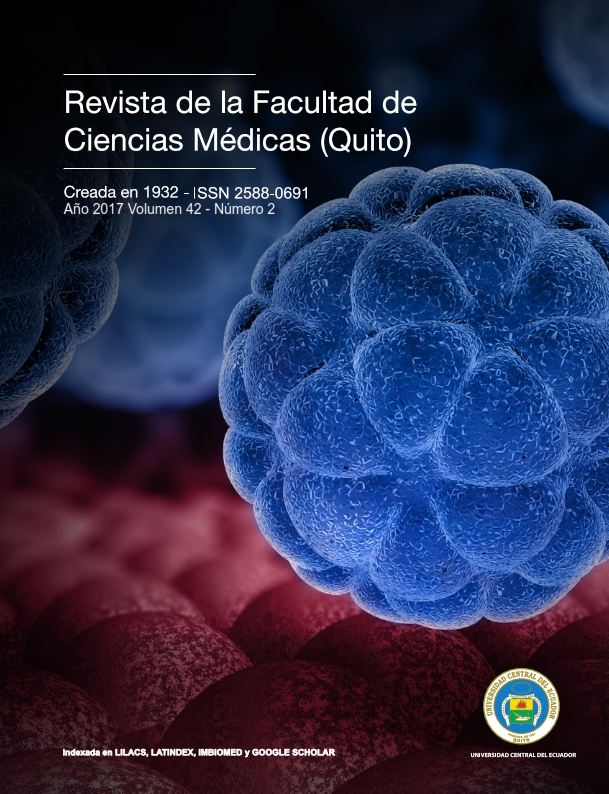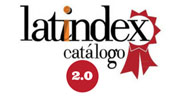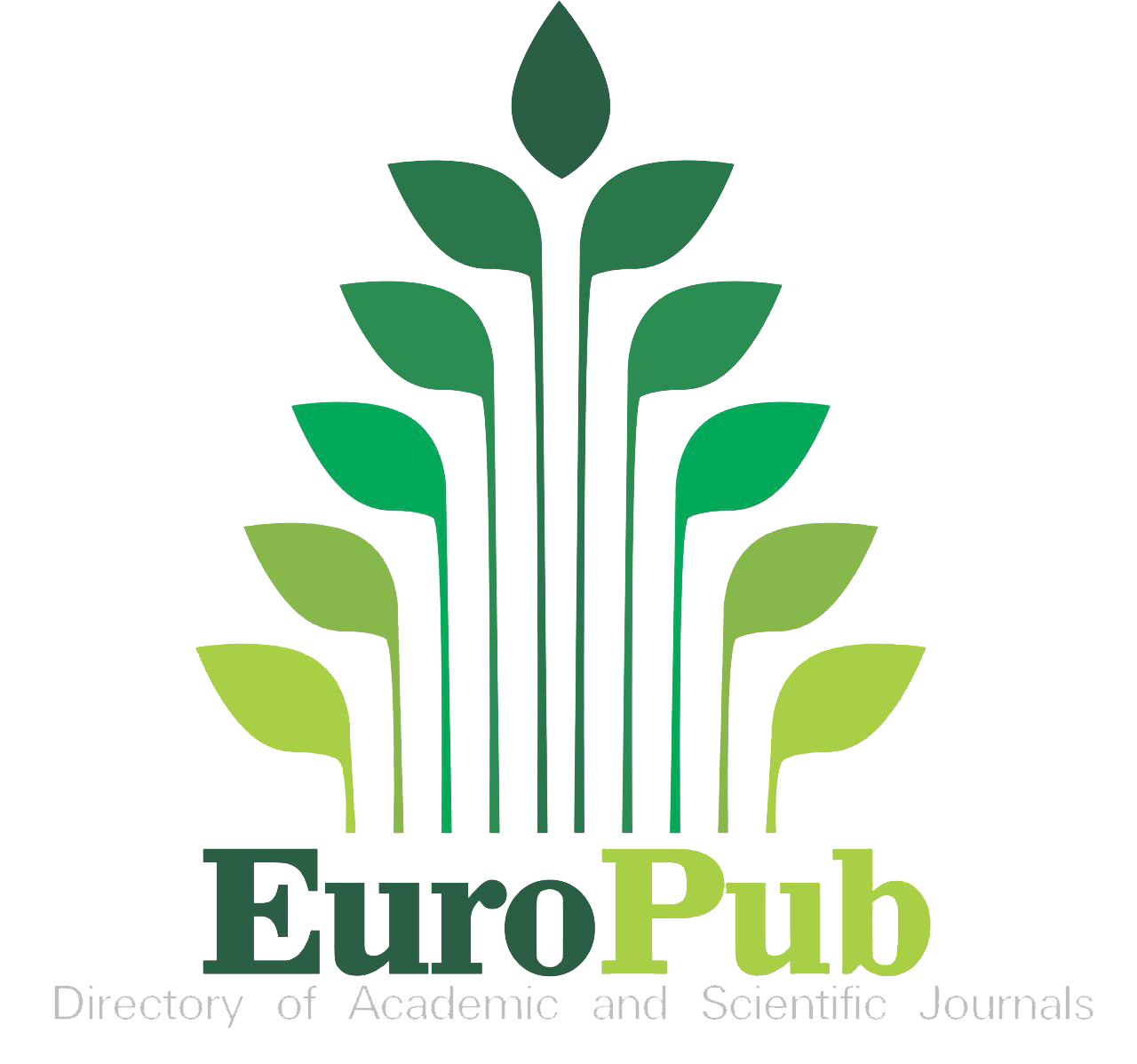Enfisema subcutáneo generalizado más neumotórax a tensión posterior a CPRE
DOI:
https://doi.org/10.29166/ciencias_medicas.v42i2.1508Keywords:
ERCP, pneumothorax, subcutaneous emphysema, neumoretroperitoneo, drillingAbstract
Endoscopic retrograde cholangiography (ERCP) is an invasive technique that allows diagnosing and treating pathologies of the bile duct. The rate of complications is low returning to the safe procedure, not free of complications such as pancreatitis, bleeding, cholangitis and even perforation (incidence less than 1.5%). We present the clinical case of a male patient, with pain in the right hypochondrium, vomiting and fever that presents dilatation of the distal end of the common bile duct due to lithiasic cause evidenced by cholangioresonance. It is programmed for CPR, trying cannulation without papillotomy; During the procedure, the patient presents subcutaneous emphysema and tension pneumothorax, requiring emergency treatment. Surgical management was decided twelve hours after ERCP due to the marked hemodynamic instability of the patient; In the intraoperative period and in a subsequent endoscopy, there was no evidence of a macroscopic lesion that justified the clinical and radiological images presented by the patient. Surgical treatment of duodenal perforation was
performed, which forced a stay in intensive therapy for 11 days. It is complemented by a bibliographic review of post-ERCP complications.
Downloads
Metrics
References
Freeman ML, Nelson DB, Sherman S, et al. Complications of endoscopic biliary sphincterotomy. N Engl J Med 1996; 335(13):909-18.
Howard TJ, Tan T, Lehman GA, et al. Classification and management of perforations complicating endoscopic sphincterotomy. Surgery 1999; 126(4):658-63.
Wu HM, Dixon E, May GR, et al. Management of perforation after endoscopic retrograde cholangiopancreatography (ERCP): a population-based review. HPB Oxford 2006; 8(5):393-9.
Morgan KA, Fontenot BB, Ruddy JM, et al. Endoscopic retrograde cholangiopancreatography gut perforations: when to wait! When to operate! Am Surg 2009; 75(6):477-83.
Krishna RP, Singh RK, Behari A, et al. Post-endoscopic retrograde cholangiopancreatography perforation managed by surgery or percutaneous drainage. Surg Today 2011; 41(5):660-6.
Al-Ashaal YI, Hefny AF, Safi F, et al. Tension pneumothorax complicating endoscopic retrograde cholangiopancreatography: case report and systematic literature review. Asian Surg 2011; 34(1):46-4.
Schepers NJ, van Buuren HR. Pneumothorax following ERCP: report of four cases and review of the literature. Dig Dis Sci 2012; 57:1990-1995.
Sampaziotis F, Wiles A, Shaukat S, et al. Bilateral pneumothorax and subcutaneous emphysema following endoscopic retrograde cholangiopancreatography: a rare complication. Diagnostic and Therapeutic Endoscopy 2010; 10:1-3.
Enns R, Eloubeidi MA, Mergener K, et al. ERCP-related perforations: risk factors and management. Endoscopy 2002; 34(4):293-8.
Freeman ML. Understanding risk factors and avoiding complications with endoscopic retrograde cholangiopancreatography. Curr Gastroenterol Rep 2003; 5(2):145-53.
Stapfer M, Selby RR, Stain SC, et al. Management of duodenal perforation after endoscopic retrograde cholangiopancreatography and sphincterotomy. Ann Surg 2000; 232(2):191-8.
Fatima J, Baron TH, Topazian MD, et al. Pancreaticobiliary and duodenal perforations after periampullary endoscopic procedures: diagnosis and management. Arch Surg 2007; 142(5):448-54.
Bell RC, Van Stiegmann G, Goff J, et al. Decision for surgical management of perforation following endoscopic sphincterotomy. Am Surg 1991; 57(4):237-40.
Chung RS, Sivak MV, Ferguson DR. Surgical decisions in the management of duodenal perforation complicating endoscopic sphincterotomy Am J Surg 1993; 165(6):700-3.
Aldana Dimas GA, Betancourt Arias AP. Perforación duodenal post colangiopancreatografía retrógrada endoscópica Hospital de San José, febrero de 2001 a febrero de 2007. Repert Med Cir 2008; 17(3)145.











